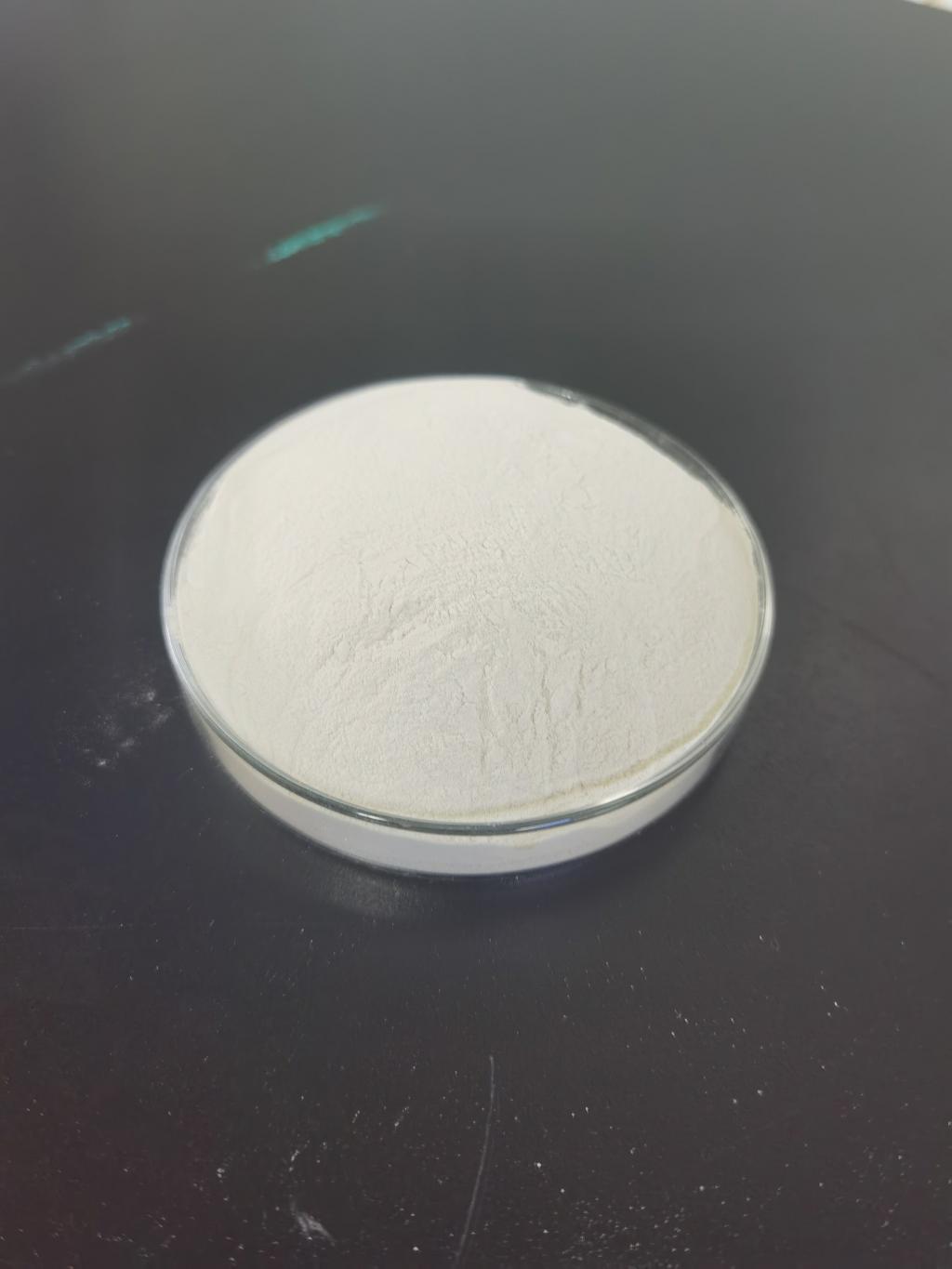Tel:+8618231198596

News
 CONTACT
CONTACT
 CONTACT
CONTACT
- Linkman:Linda Yao
- Tel: +8618231198596
- Email:linda.yao@dcpharma.cn
- Linkman:CHARLES.WANG
- Department:Overseas
- Tel: 0086 0311-85537378 0086 0311-85539701
News
Current Position:
Home >
News
>Are there any known interactions between Nisin and food packaging materials?
Are there any known interactions between Nisin and food packaging materials?
TIME:2023-06-16
Overview of Nisin:
1.1 Definition and Properties:
Nisin is a polycyclic antibacterial peptide produced by certain strains of Lactococcus lactis. It exhibits strong antimicrobial activity against a broad spectrum of Gram-positive bacteria, including some foodborne pathogens such as Listeria monocytogenes.
1.2 Application in Food Preservation:
Nisin is commonly used as a food preservative due to its stability over a wide range of temperatures and pH levels. It can be incorporated directly into food products or applied to food surfaces to inhibit the growth of spoilage and pathogenic bacteria, thereby extending shelf life and enhancing food safety.
Food Packaging Materials:
2.1 Types of Packaging Materials:
Food packaging materials encompass a wide range of substances, including plastics, metals, glass, and paper-based materials. Each material has specific properties and applications based on factors such as barrier properties, mechanical strength, and transparency.
2.2 Packaging Materials and Food Safety:
Packaging materials are required to provide an effective barrier against external contaminants, such as oxygen, moisture, and microorganisms, to ensure the quality and safety of packaged foods. They should also be chemically inert to prevent any migration of harmful substances into the food.
Interactions between Nisin and Packaging Materials:
3.1 Migration of Nisin:
One important aspect to consider is the potential migration of nisin from the food product to the packaging material. Migration can occur when the packaging material absorbs the nisin, leading to a decrease in its concentration in the food and a potential loss of antimicrobial efficacy. Therefore, it is crucial to select packaging materials with low affinity for nisin to minimize migration.
3.2 Compatibility Issues:
Certain packaging materials may interact with nisin, leading to changes in its physical or chemical properties. For instance, nisin may bind to some plastic surfaces, reducing its antimicrobial activity. Additionally, packaging materials containing antioxidants or metal ions may interact with nisin, affecting its stability and efficacy.
Strategies for Effective Packaging Design:
4.1 Barrier Properties:
Choosing packaging materials with excellent barrier properties can prevent the migration of nisin and maintain its antimicrobial activity. High-density polyethylene (HDPE), polyethylene terephthalate (PET), and glass are examples of materials with good barrier properties.
4.2 Coatings and Surface Modifications:
Applying coatings or modifying the surface of packaging materials can help reduce interactions between nisin and the packaging. For example, the use of specific coatings can minimize nisin absorption and improve its stability.
4.3 Active Packaging Systems:
Active packaging systems, such as incorporating nisin into packaging films or sachets, can enhance food preservation. These systems provide controlled release of nisin, maintaining its concentration within the desired range and improving its effectiveness.
Regulatory Considerations:
Regulatory agencies, such as the U.S. Food and Drug Administration (FDA) and the European Food Safety Authority (EFSA), set guidelines and regulations for the use of food packaging materials. These regulations ensure the safety and compatibility of packaging materials with food additives like nisin. Compliance with these regulations is crucial for the food industry to ensure consumer safety and market acceptance.
Conclusion:
Nisin is a valuable antimicrobial agent used in the food industry to extend shelf life and enhance food safety. However, it is essential to consider the interactions between nisin and food packaging materials to maintain its efficacy and prevent any undesirable effects on food quality. By selecting appropriate packaging materials, utilizing coatings or surface modifications, and employing active packaging systems, the compatibility between nisin and packaging can be enhanced, ensuring the safety and effectiveness of preserved food products.
- Tel:+8618231198596
- Whatsapp:18231198596
- Chat With Skype







